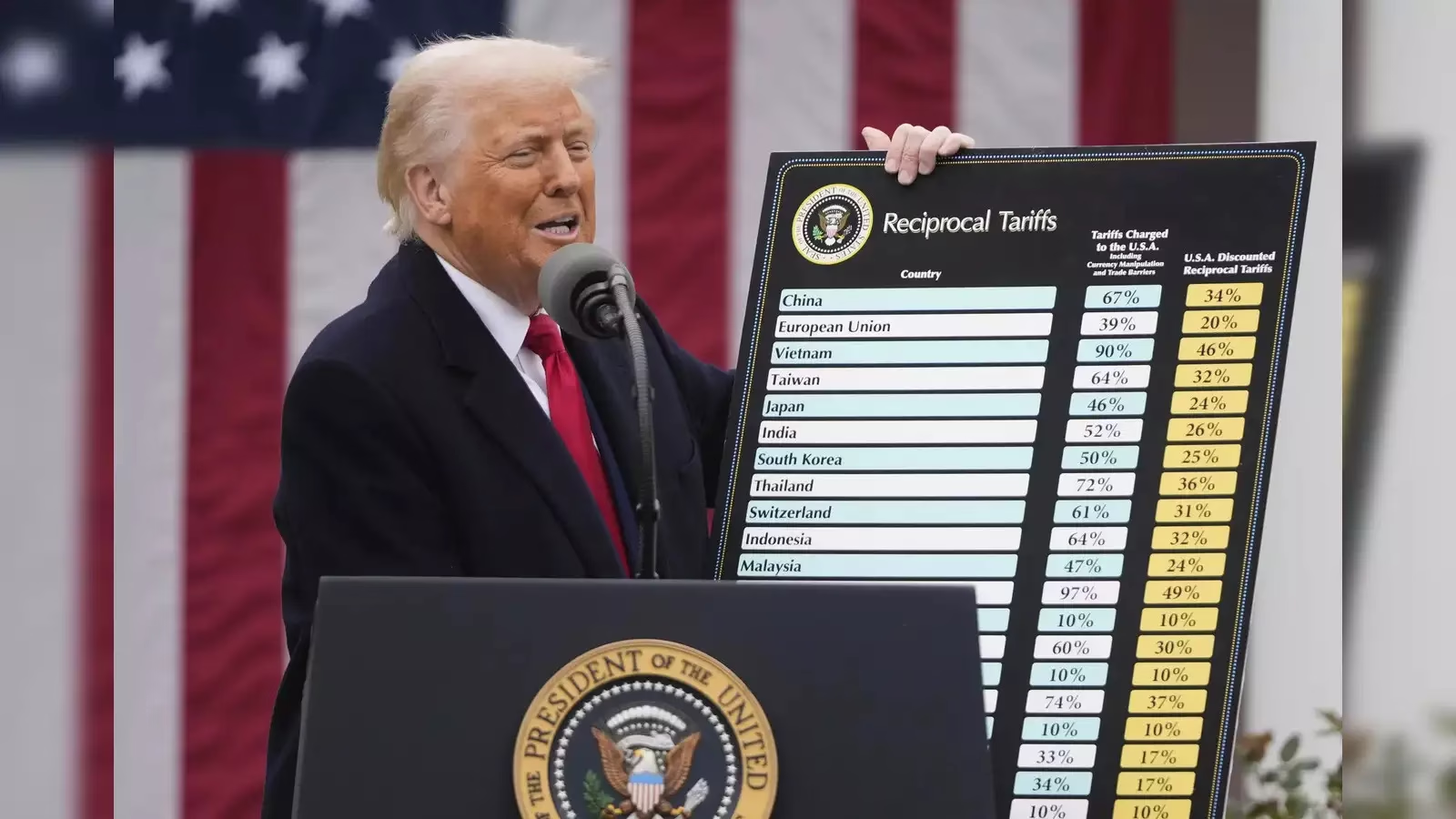This news from the Indian Texpreneurs Federation (ITF) highlights a potentially significant shift in the competitiveness of India’s textile and apparel exports to the United States. Here’s a breakdown of the key takeaways:
India’s New Tariff Advantage:
- Lower Tariff Rate: India’s current tariff rate of 26% for textile and apparel exports to the US is significantly lower than its key competitors:
- Vietnam: 46%
- Sri Lanka: 44%
- Bangladesh: 37%
- China: 54%
- Reciprocal Tariff Structure: The US’s new tariff framework aims to create a more level playing field among its trade partners.
- Shift from Previous Parity: Previously, India, Bangladesh, and Vietnam faced similar tariff structures for cotton apparel exports. The new structure gives India a comparative advantage.
Potential Benefits for India:
- Increased Competitiveness: The lower tariff makes Indian textiles and apparel more cost-competitive in the US market.
- Boost in Export Volumes: This advantage is expected to drive an increase in India’s textile and apparel export volumes to the US in the medium to long term.
- Expansion of Market Share: India is well-positioned to capture a larger share of the US textile and apparel market.
Potential Future Developments:
- Trade Negotiations: Ongoing trade negotiations could further strengthen India’s position, especially if India offers zero-duty import of cotton in exchange for specific benefits in apparel exports. This could be a “game changer” for the industry.
Factors to Watch:
- US Consumer Response: Consumer sentiment and spending habits in the US will significantly influence short-term export trends.
- Retail Level Turbulence: The full implementation of tariffs could lead to some instability at the retail level.
- Retaliation from Competitors: The way competing nations respond to these tariff changes will shape future trade dynamics.
In Conclusion:
The ITF’s analysis suggests a positive outlook for India’s textile and apparel exports to the US due to the newly established tariff advantage. This presents a significant opportunity for the Indian industry to increase its market share and export volumes. However, the actual impact will also depend on various factors, including US consumer behavior and the responses of competing nations.
